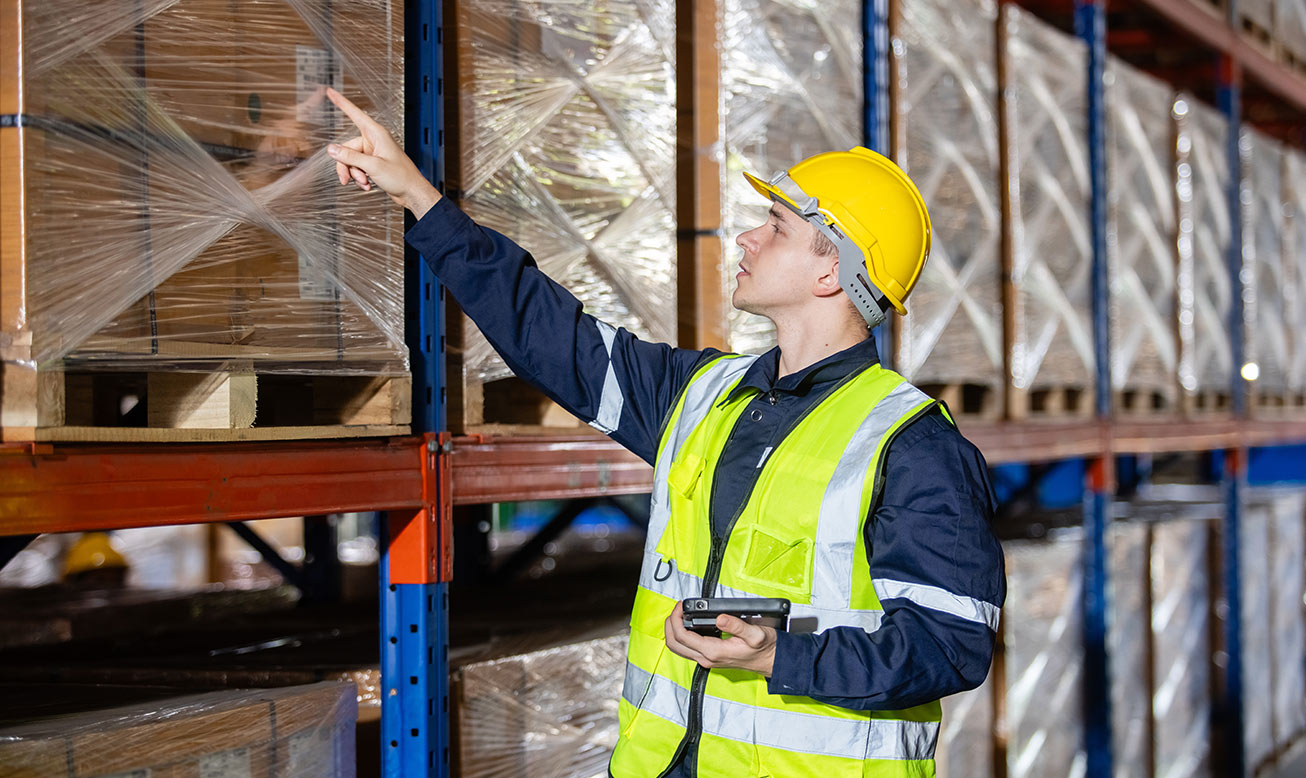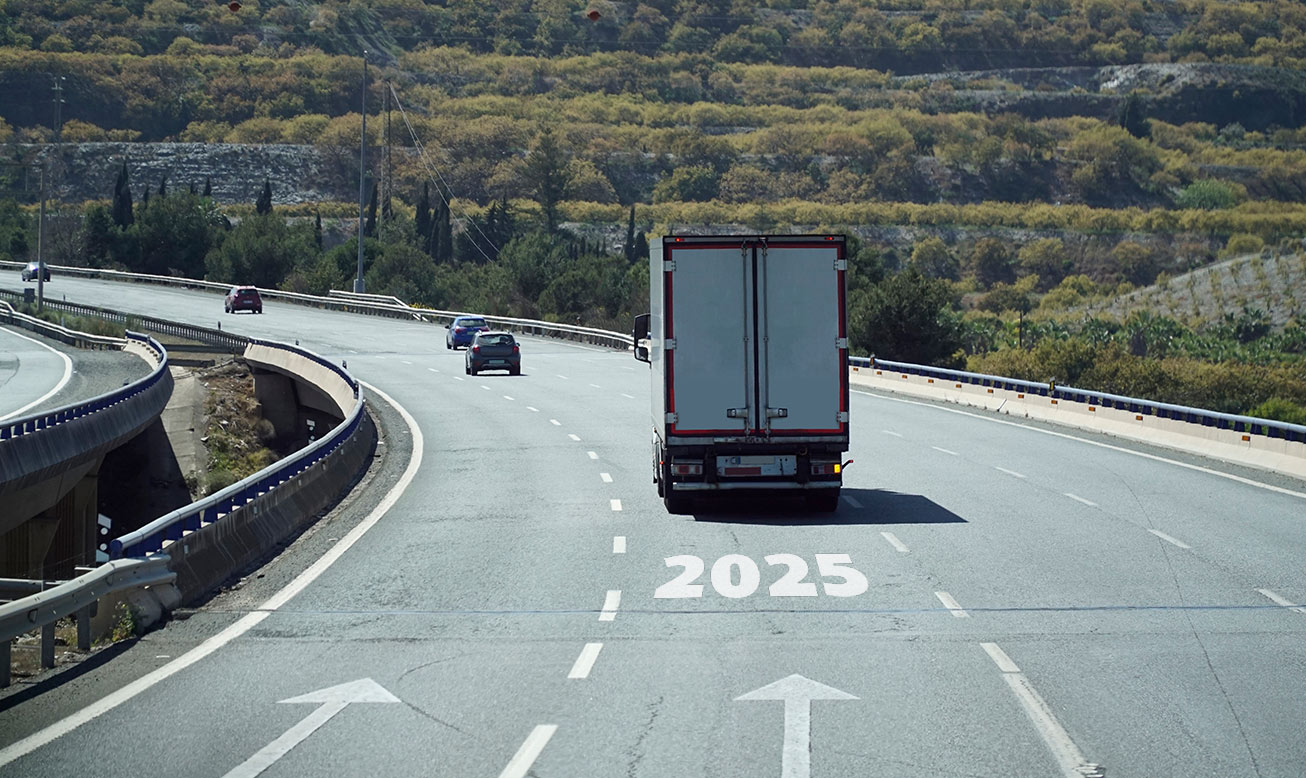January 17, 2025
Do We Need Increasingly More Warehousing Space?
The logistics industry is constantly going through significant transformations. With e-commerce growth, consumer demand for faster delivery, and the rising complexity of supply chains, a question appears: Do we really need more warehousing space? To answer this, we must consider current trends, technological advancements, and the evolving role of warehouses and distribution centers in the supply chain.
The Growing Demand for Warehousing Space
The demand for warehousing space has skyrocketed in recent years. Several factors, including the increasing surge of e-commerce and the shift towards just-in-time inventory management, drive this trend. Businesses now seek larger warehouse areas to store and process goods efficiently, ensuring they can meet consumer expectations for speedy deliveries.
But why do we need a warehouse in the first place? Warehouses serve as pivotal nodes in the supply chain, offering a controlled environment for storing inventory, consolidating shipments, and distributing products to retail locations or end consumers. For many companies, having sufficient warehousing space is not a luxury but a necessity.
What is One Advantage to Using a Distribution Center?
One clear advantage of using a distribution center is improved efficiency in managing inventory and order fulfillment. Unlike traditional warehouses that primarily store goods, distribution centers are designed to facilitate the rapid movement of products. They act as strategic hubs, enabling businesses to rapidly process orders and deliver them in record time. This is particularly crucial for last-mile delivery, where speed and accuracy are paramount.
However, the need for warehouse space is not merely about volume but about optimizing the available area to maximize productivity. Here appears the challenge of balancing the growing demand for space with the high costs associated with acquiring and maintaining it.
The Warehouse Space Problem
As businesses expand their operations, the warehouse space problem becomes more evident. Urban areas, where proximity to customers is critical, face a shortage of available land for new warehouses. This lack drives up costs, forcing companies to explore innovative solutions such as multi-story warehouses or repurposing existing structures.
Another aspect of the warehouse space problem is the rising cost of real estate and labor. These factors contribute to higher operational expenses, prompting businesses to seek ways to reduce warehouse costs without compromising efficiency. Advanced warehouse management systems and automation technologies are instrumental in addressing these challenges by improving space utilization and reducing reliance on manual labor.
The Benefits of Warehousing in Today’s Economy
Despite these challenges, the benefits of warehousing remain undeniable. Warehousing allows businesses to:
Enhance Supply Chain Resilience – By maintaining a buffer stock, warehouses help companies manage demand fluctuations and mitigate supply chain disruptions.
Facilitate Faster Deliveries – Strategically located warehouses enable quicker access to key markets, ensuring timely deliveries.
Support Economies of Scale – Centralized storage reduces transportation costs and allows businesses to benefit from bulk purchasing and shipping discounts.
Enable Value-Added Services – Modern warehouses often provide additional services, such as packaging, labeling, and product customization, further enhancing supply chain efficiency.
Why the Need for Warehouse Space Will Continue to Grow
The increasing reliance on e-commerce and omnichannel retailing ensures that the need for warehouse space will only grow. Client expectations for same-day or next-day delivery drive the demand for strategically located distribution centers near urban areas. Simultaneously, businesses are investing in more extensive facilities with advanced technology to handle the added complexity of modern supply chains.
Moreover, as sustainability becomes a priority, warehouses are evolving to meet environmental goals. Green warehousing initiatives like solar-powered facilities and energy-efficient designs are gaining traction. These developments further emphasize the importance of having sufficient warehouse area to implement and sustain such measures.
Balancing Demand and Costs: The Future of Warehousing
To address the warehouse space problem, companies are adopting innovative strategies:
Optimizing Space Utilization – High-density storage solutions, such as vertical racking and automated retrieval systems, allow businesses to maximize their existing warehouse areas.
Partnering with Non-Asset-Based Carriers and 3PLs – By building collaborative partnerships, businesses can access flexible warehousing solutions without the need for significant capital investment.
Investing in Smart Technology – Advanced warehouse management systems, robotics, and AI-powered analytics help optimize operations, reduce waste, and lower costs.
Exploring Alternative Warehousing Models – Shared warehousing and micro-fulfillment centers are emerging as viable options for companies looking to balance cost-efficiency with proximity to customers.
So, Do We Need More Warehousing Space?
The answer is a resounding yes, but with some considerations. While the demand for warehousing space will continue to rise, the industry must focus on more intelligent, sustainable solutions to manage this growth. Businesses should prioritize maximizing the efficiency of their existing warehouse areas while embracing innovative technologies and collaborative models.
At Last Mile Logistics, our experts will create smarter and more adaptable solutions that can meet the demands of a rapidly changing logistics industry. By strategically addressing the warehouse space problem, your business can unlock the full benefits of warehousing while keeping costs under control and delivering exceptional value to your customers. So please call Arnie today so we can evaluate your transportation needs.



